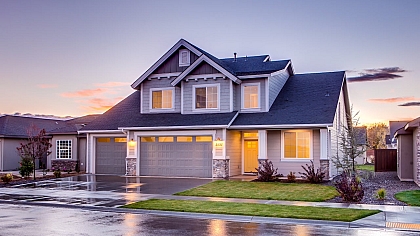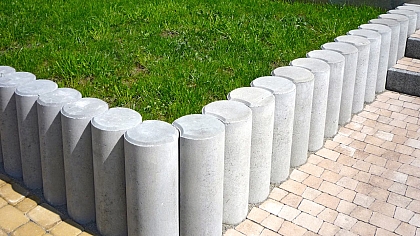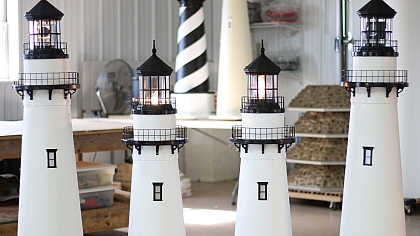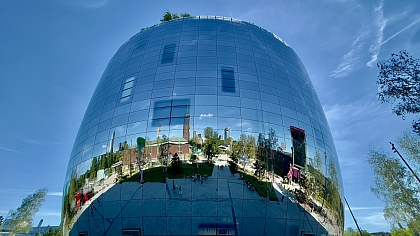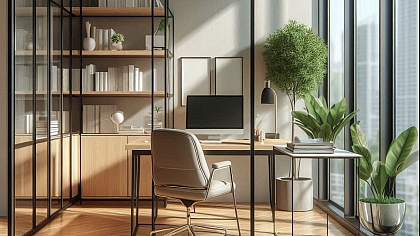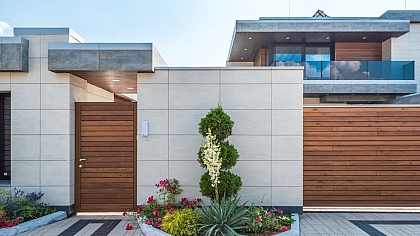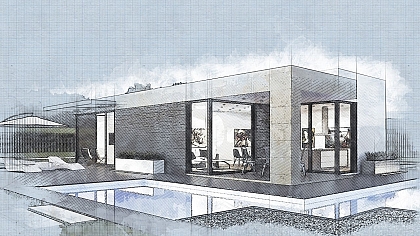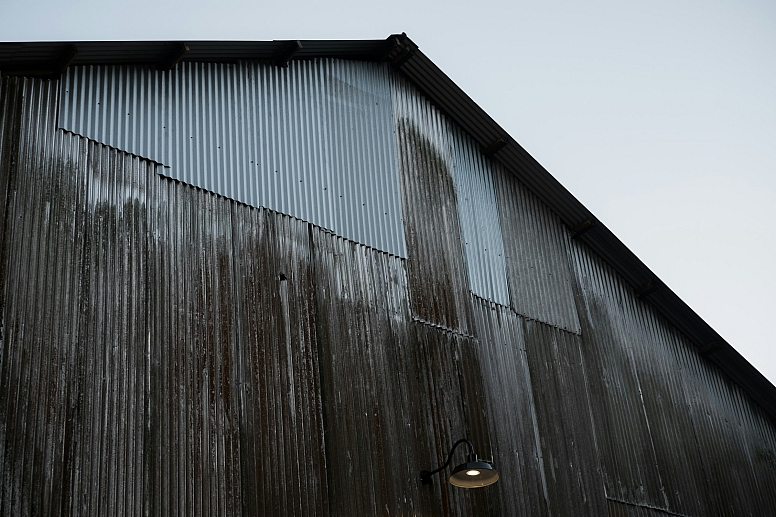
Large Sheds in Urban Design: Can They Work in Cityscapes?
Rethinking Large Sheds in Urban Landscapes
When most people think of large sheds, they picture expansive rural properties, industrial zones, or agricultural landscapes. However, as urban spaces become increasingly dynamic, architects and urban planners are exploring new ways to integrate large sized sheds into city environments. Can these massive, functional structures be adapted for urban settings without disrupting the existing aesthetic and infrastructure? The answer isn’t a simple yes or no—it depends on innovative design, zoning flexibility, and the evolving needs of modern cities.
The Traditional Role of Large Sheds
Historically, large sheds have been associated with warehouses, manufacturing plants, agricultural storage, and aircraft hangars. They have served as cost-effective structures designed for practicality rather than aesthetics. Their defining characteristics—large open floor plans, high ceilings, and modular construction—make them incredibly versatile.
However, as cities evolve to accommodate shifting economic and social landscapes, the potential for repurposing large sheds has grown. Architects are increasingly viewing these structures as adaptable spaces for retail hubs, community centres, event venues, and even residential developments. But can they truly fit within a cityscape known for high-rise buildings and meticulously planned neighbourhoods?
The Challenges of Integrating Large Sheds into Cities
1. Aesthetic Concerns
Large sheds, particularly those constructed with industrial materials like steel and concrete, can be perceived as visually stark and uninspiring. The sheer scale and utilitarian nature of these structures may clash with a city’s architectural identity, particularly in heritage-rich areas. Without careful planning, they risk becoming eyesores rather than assets.
Solution: Architects can incorporate contemporary design elements such as facades with glass and greenery, custom cladding, and mixed materials to soften their industrial look. Blending these structures with surrounding architecture through innovative design can transform them into modern urban landmarks.
2. Land Use and Zoning Regulations
Urban zoning laws are often strict, particularly in high-density areas where land is limited. Large sheds require significant footprints, which can be difficult to justify in crowded city centres where vertical development is preferred.
Solution: Adaptive reuse strategies and mixed-use zoning can enable large sheds to serve multiple purposes, such as combining retail, office, and community spaces. Governments and planners need to embrace flexible zoning policies that allow for creative repurposing of industrial-style structures in urban areas.
3. Functionality and Accessibility
Traditional large sheds are typically designed for easy vehicle access, rather than pedestrian-friendly environments. In cities, where walkability is a key urban planning goal, these structures may not be naturally suited to high foot traffic.
Solution: Designing large sheds with wide, welcoming entrances, integrated pedestrian pathways, and public transport accessibility can ensure they contribute positively to urban movement patterns. Creating indoor-outdoor spaces and incorporating plazas or courtyards can help them integrate seamlessly into the surrounding environment.
Successful Examples of Large Sheds in Urban Design
1. The Tate Modern, London
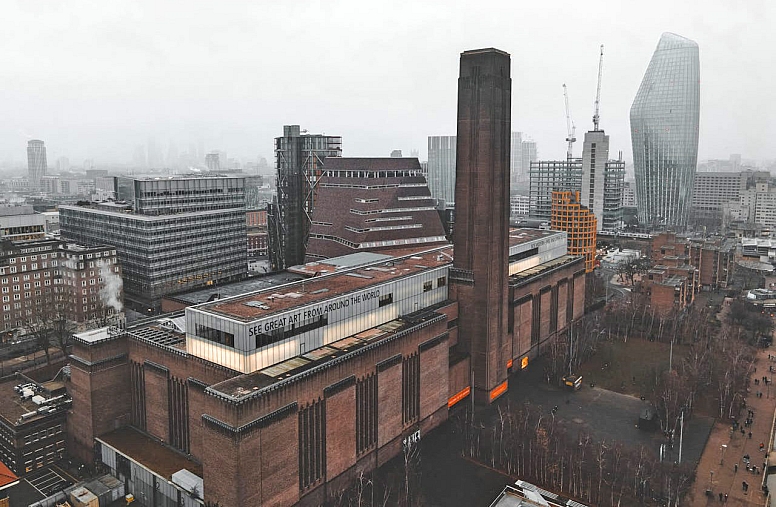
Originally a power station, this industrial building was repurposed into a world-renowned contemporary art museum. The structure’s shed-like framework remains, but extensive renovations transformed it into a sophisticated cultural landmark that blends seamlessly with the Southbank skyline.
2. The Shed, New York City
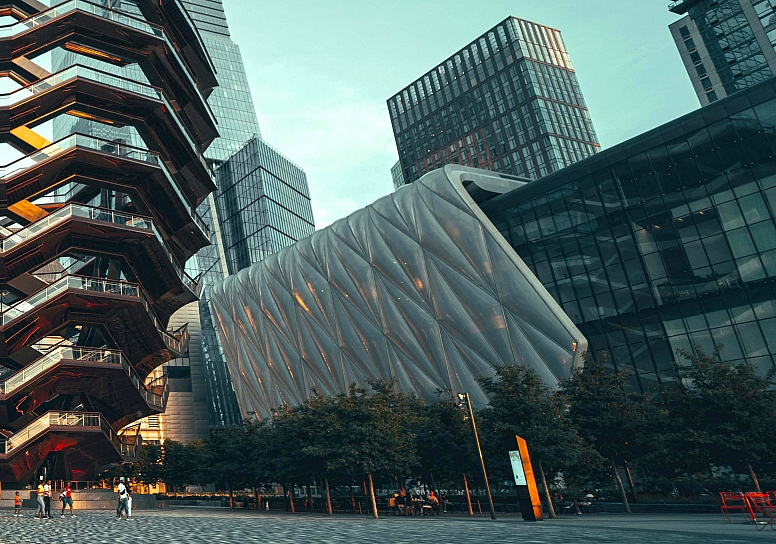
Located in Hudson Yards, The Shed is a cutting-edge cultural space designed with a flexible, retractable shell that allows for various event configurations. It proves that large, adaptable structures can enhance rather than disrupt an urban environment when designed thoughtfully.
3. Carriageworks, Sydney

A former railway workshop turned multi-use arts venue, Carriageworks maintains its industrial charm while serving as a dynamic cultural and event space. Its design showcases how large sheds can be successfully reimagined for creative and community purposes in urban settings.
The Future of Large Sheds in Cities
As cities continue to evolve, the role of large sheds will likely shift from being purely industrial to multifunctional urban hubs. With an emphasis on flexible spaces, sustainability, and thoughtful integration into existing cityscapes, large sheds could play a crucial role in shaping the future of urban design.
While large sheds in cities present challenges, they also offer incredible opportunities for adaptive reuse, economic revitalisation, and architectural innovation. By rethinking their design and purpose, these structures can become valuable assets rather than mere relics of industry. The key lies in creativity, sustainability, and a willingness to embrace change in urban planning.

